Cracks in building structures are a common issue that can compromise the safety and longevity of your property. While some cracks may be merely cosmetic, others can be pointing towards some serious structural problems. Understanding the different types of cracks in buildings and their causes is crucial in order to devise preventive measures.
In this blog, we will delve into knowing and understanding the various types of cracks that can affect building structures, exploring their root causes and potential consequences. We will also discuss the role TMT bars can have when it comes to reinforcing concrete structures and preventing the formation of cracks. By understanding these concepts, one can make informed decisions to safeguard their structures’ integrity.
Types of Cracks in Building Structures
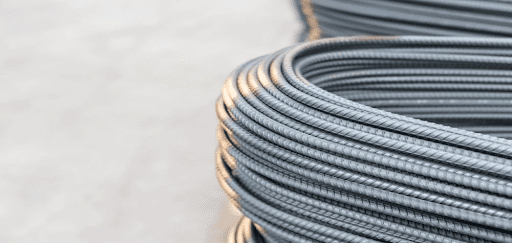
Cracks in buildings can occur due to various factors, some of the contributing factors include poor construction practices, material defects, and environmental conditions. Understanding the different types of cracks and their causes is crucial for preventing them and ensuring the long-term durability of buildings. Here are some common types of cracks:
1. Shrinkage Cracks
Such cracks result from the drying and shrinking of concrete or masonry materials. They often appear as fine, random cracks on surfaces and typically appear as a network of fine, random cracks on the surface of the material. They are usually not a major structural concern, but they can be unsightly and may allow water to penetrate the material, leading to further damage.
2. Thermal Cracks
Extreme temperature fluctuations can cause materials to expand and contract, leading to cracks. This is especially true for materials with different thermal expansion properties, such as concrete and steel. For example, a concrete slab with steel reinforcement bars can crack if the temperature changes cause the two materials to expand or contract at different rates.
3. Settlement Cracks
Such cracks occur due to uneven settlement of the foundation, which can be caused by various factors such as poor soil conditions, inadequate foundation design, overloading, or changes in moisture content. Settlement cracks are typically vertical or diagonal cracks that can vary in width and depth. They can be indicative of more serious structural issues if they are wide, deep, or numerous, or if they are accompanied by other signs of distress, such as leaning walls, bowing foundations, or excessive cracking in other parts of the building.
4. Hairline Cracks
Hairline cracks are very thin, often barely visible to the naked eye. They are typically caused by minor settlement or temperature changes and are generally not a cause for major concern. However, it is important to monitor hairline cracks, as they can sometimes indicate more serious underlying issues, such as structural movement or foundation problems.
How can TMT Bars prevent these cracks?
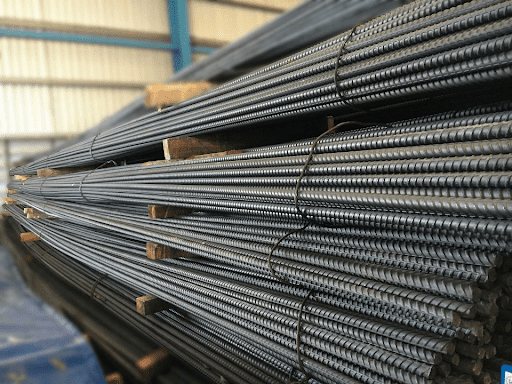
TMT (Thermo Mechanically Treated) bars are a type of steel reinforcement that is widely used in construction due to its superior strength and durability. These bars are produced through a special thermo-mechanical treatment process that improves their mechanical properties.
Key benefits of using TMT bars to prevent cracks:
1. High Tensile Strength: TMT bars have higher tensile strength compared to conventional steel bars. This helps them withstand high stresses and prevent cracks caused by external forces.
2. Excellent Ductility: TMT bars exhibit excellent ductility, which allows them to deform plastically without breaking. This helps absorb the stresses caused by temperature fluctuations and other factors, reducing the likelihood of cracks.
3. Superior Bond Strength: TMT bars have a superior bond strength with concrete, which helps distribute stresses more evenly and prevents cracks from widening.
4. Corrosion Resistance: TMT bars have better corrosion resistance than conventional steel bars, reducing the risk of reinforcement corrosion and subsequent cracking.
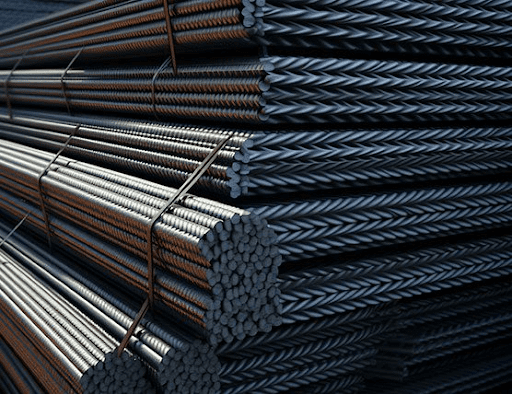
Conclusion
In conclusion, understanding the various types of cracks in building structures is crucial for ensuring the longevity and safety of buildings. These cracks, if left unchecked, can lead to severe structural damage and potential collapse. TMT bars, with their superior tensile strength and ductility, play a vital role in preventing and mitigating these cracks. Their ribbed surface enhances bond strength with concrete, providing superior resistance to tensile and shear forces. So be sure to choose the right TMT bars for your projects.
Jumbo TMX offers premium quality, superior TMT bars that provide support to your structures for a long time. Choose Jumbo TMX for a secure and integral structure!


